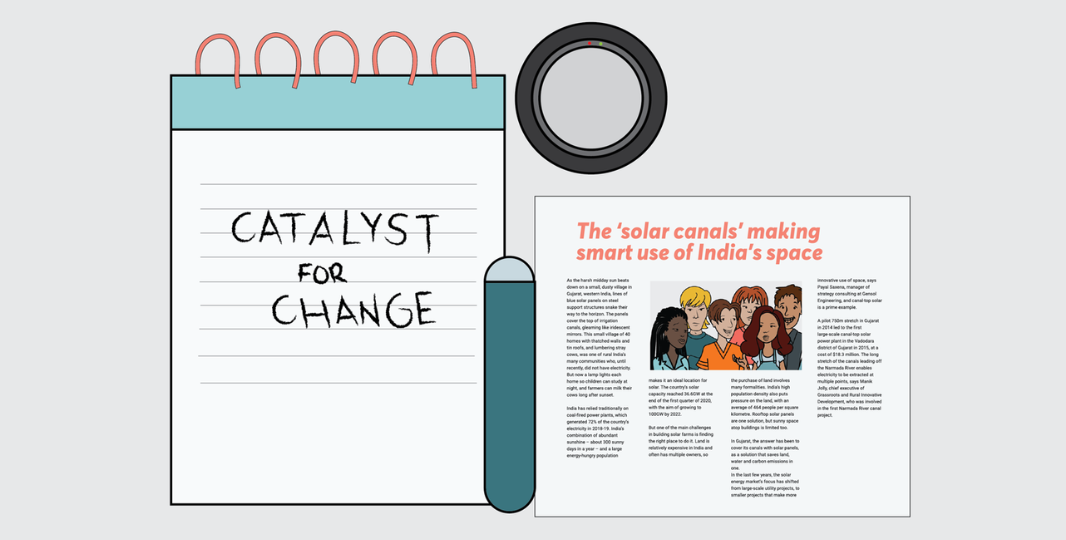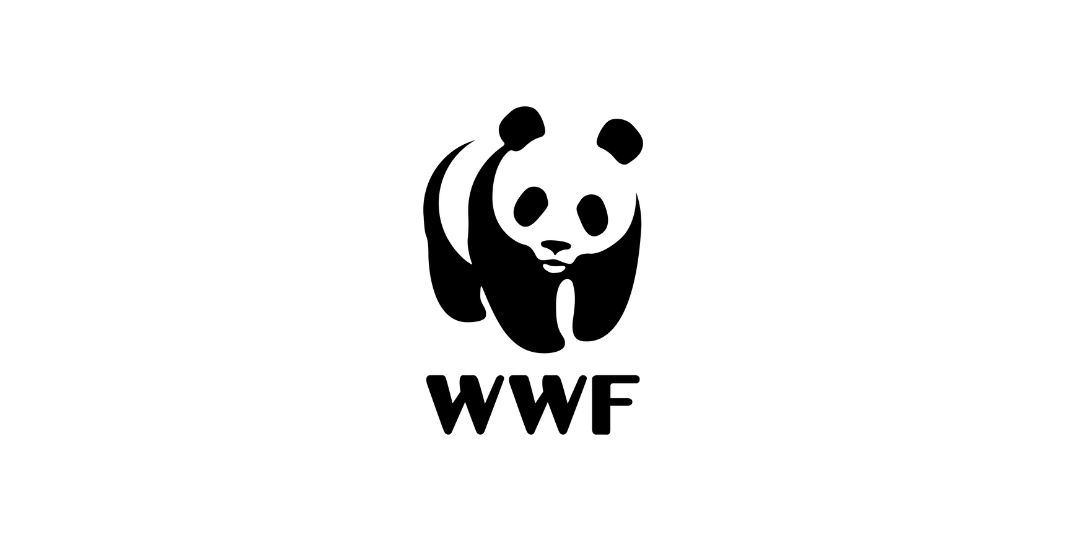Climate change represents the most urgent and complex challenge of our time. Its effects already reach into every corner of society, and they intersect with nearly all other pressing social issues: economic mobility, education, food security, health, poverty, and inequality. These intersections matter because the path toward a sustainable and livable future requires solutions that not only reduce emissions but also address the disproportionate burdens borne by marginalized communities.
Public opinion research underscores the shifting awareness of this crisis. Studies from the Yale Program on Climate Change Communication show that a growing majority of Americans understand climate change is real and worry about its impacts on their lives. Importantly, audiences express a strong desire for more—not less—climate coverage. Yet, as research from the FrameWorks Institute demonstrates, people want more than stories of devastation. They respond most positively to journalism that highlights practical, community-driven solutions. Such stories not only help audiences see possibilities for change but also cultivate the hope necessary for collective action.
Despite growing public concern, media coverage of climate change continues to lag. The Media and Climate Change Observatory (MeCCO) found that coverage dropped 11% between 2021 and 2022. Audiences want reporting that feels relevant to their lives, yet in many communities—especially rural areas and communities of color—journalists have limited resources, and climate stories often get overlooked.
Solutions journalism offers a way forward. Research from SmithGeiger, released by the Solutions Journalism Network (SJN), shows that people value stories highlighting both problems and community-driven responses. SJN equips journalists to report on effective climate solutions, giving audiences not just information but also a sense of agency and hope for change.
Recognizing this opportunity, AVDF awarded SJN a $250,000 grant in fall 2021 as part of its Environmental Solutions portfolio. The grant supported the recruitment of 30 journalists, training in solutions-based storytelling, and the production of 60 new climate-focused stories. SJN also converted these and other high-quality stories into audio formats for distribution through Public News Service (PNS), which partners with more than 10,000 local outlets nationwide—many in communities without robust print media.
The results exceeded expectations. Journalists not only produced the targeted number of stories but also disseminated them to audiences at scale, reaching millions of listeners. SJN launched an online climate solutions resource hub to help journalists replicate these practices, while many participants joined SJN’s Peer Climate Network, a professional learning community now numbering about 80 members.
On the strength of these outcomes, AVDF awarded a second $250,000 grant to SJN in late 2023. This new phase supported 20 additional journalists who produced 54 new solutions-oriented climate stories, covering subjects as varied as shareholder activism in the fast-food industry and local government roles in carbon removal. SJN then converted 26 of these stories, along with more than 70 previously published ones, into audio pieces broadcast by PNS to audiences approaching 100 million nationwide. Widely heard broadcasts included coverage of reflective pavement to reduce urban heat in Los Angeles and climate-friendly cafeterias at New York University.
SJN also created an interactive story map highlighting the reach of these broadcasts across partner stations. While growth in the Peer Climate Network was modest, the program expanded its multiplier effect as 14 grant-supported journalists trained 350 of their peers in solutions-based climate storytelling.
This initiative highlights the power of the Solutions Journalism Network to strengthen reporting and advance climate action. By equipping journalists with the skills to tell evidence-based, solutions-focused stories, SJN helps communities better understand climate challenges and see practical pathways for response.
“The Solutions Journalism Network shows how reporting that focuses on responses—not just problems—can empower people,” said John Churchill, AVDF Vice President of Grants and Programs. “By producing and amplifying solutions-oriented climate stories, SJN not only deepens public understanding, but it also gives people hope and agency to take meaningful action.”
The ripple effects of this initiative will continue. Journalists trained in solutions reporting will carry these practices forward, while partnerships between PNS and other climate-focused outlets such as Grist, Sentient, and Civil Eats promise to extend the reach of high-quality climate coverage. When climate reporting connects evidence, solutions, and local perspectives, it equips communities to face the defining challenge with both knowledge and optimism.
Back to all Stories


